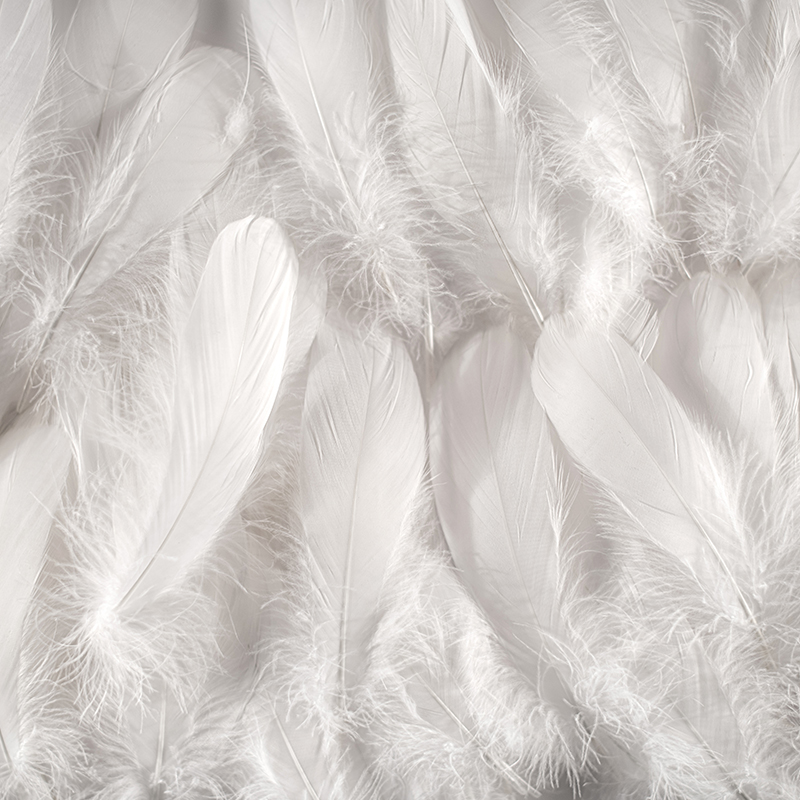
History and current situation
After four thousand years ago, the Egyptians tamed the wild geese and began to raise humans such as geese/ducks. They were originally raised for meat needs until the Europeans discovered that the feathers of the geese and ducks were warm two hundred years ago. The function, and at the same time, has the characteristics of breathability and softness. Therefore, the European royal court began to use down bedding, and the rich people will wear feathers as a symbol of status. After the industrial revolution of the 18th century, people used machines to replace manpower, and began to enter a new era of mass production of feathers.
The Taiwanese down manufacturing industry began to develop in the 1950s. After decades of efforts, it has become a well-known processing area in the world. Since the mid-1980s, the supply of geese and duck feathers in Taiwan has been in short supply for the needs of Taiwanese operators. Therefore, the industry began to change the source of raw materials, which was originally changed from domestic feather collection to imported feather processing.
The origin of feathers is mainly concentrated in Europe, North America, Southeast Asia and China. When the latitude is higher and the four seasons are more obvious, the waterfowls such as geese and ducks have strong cold resistance, and the lower the quality of the down is.
